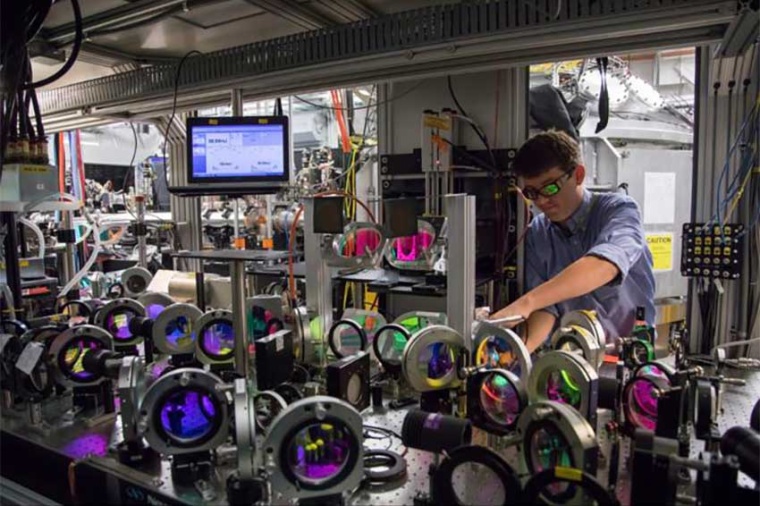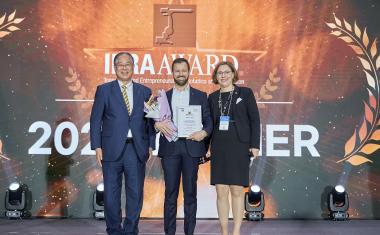SLAC brings rapid-fire laser and target expertise to fusion energy
The US Department of Energy’s laboratory and Stanford University will partner with other institutions in the creation of two inertial fusion science and technology hubs.
Following on last year’s fusion ignition breakthrough at LLNL’s National Ignition Facility (NIF), the hubs aim to accelerate foundational inertial fusion research and technology development toward a potential clean and abundant energy source. In total, 42 million dollars were awarded to collaborations between universities, national laboratories and industry partners under the DOE’s Inertial Fusion Energy Science & Technology Accelerator Research (IFE-STAR) program.

The goal is to develop laser and target systems that can fire more often and produce more energy, according to SLAC and Stanford professor Siegfried Glenzer, deputy director of the internal fusion science and technology RISE hub, led by CSU and co-led by SLAC. The DOE lab is uniquely positioned to help reach that goal due to the lab’s expertise in developing and operating high-repetition-rate x-ray laser experiments at the Linac Coherent Light Source (LCLS). RISE will explore designs of inertial fusion energy concepts, pursue theory and experiments on laser fusion drivers and develop targets.
A second hub, the LLNL-led Science & Technology Accelerated Research for Fusion Innovation & Reactor Engineering (Starfire), will develop high-gain target designs, target manufacturing and solid-state laser technologies. As part of the Starfire hub, SLAC will provide detailed system requirements for various inertial fusion energy concepts, Alan Fry, project director for SLAC’s Matter in Extreme Conditions Petawatt Upgrade (MEC-U) said. The requirements will map closely to those being developed for the high-repetition-rate MEC-U laser, which will be coupled to LCLS and will also enable fundamental fusion science and technology.
The hubs establish broad, multi-institution teams that also seek to develop the future workforce by engaging students and partnering with universities and companies. RISE was awarded a four-year 16 million dollar grant and has assembled experts from five universities, two US national labs, a federal lab and three companies. Starfire was awarded a four-year 16 million dollar grant and brings together seven universities, four US national labs, an international lab, three commercial entities, one philanthropic organization and three private companies.











